With the view that criminals are misguided people who need to be corrected, the Norwegian justice and prison system aims to "rehabilitate" them rather than punish them.
When Are Hoidal became an employee of the Norwegian Correctional Service in the early 1980s, the Norwegian prison system was facing major problems, with nearly 70% of released prisoners reoffending within two years, nearly the same rate as in the United States today.
The Norwegian prison system at that time was structured similarly to the United States and most countries in the world , based on the concept of "retributive justice". This view defines justice as the appropriate punishment for those who cause harm to society, meaning the sentence must be commensurate with the severity of the crime.
“Prison was very harsh,” Hoidal said. “There was a muscular culture inside, focused on surveillance and security.”
Faced with high recidivism rates and prison riots, Norwegian authorities deemed this system of "punitive justice" ineffective. Oslo then completely overhauled the country's prison system.
Today, the country's justice and prison systems have become a model for the rest of the world, with the concept of "restorative justice" helping to reduce crime and recidivism rates.
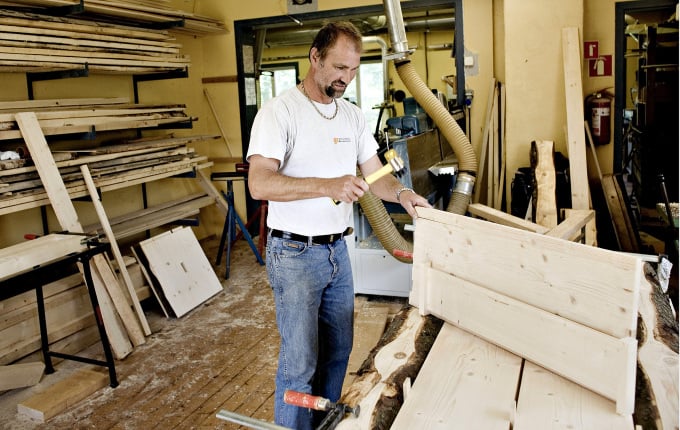
A prisoner works as a carpenter in a workshop at Bastoey prison, Norway, in 2007. Photo: AFP
Norway has 57 prisons with a total of 3,600 cells. This is a relatively large number for a small country with a population of less than 5.5 million. Instead of applying the model of a centralized prison, prisons in Norway are small in scale, close to the community, aiming to help prisoners rehabilitate and reintegrate into society.
Norwegian authorities believe that prisoners need to be held close to home, so they can maintain relationships with family and friends. Many prisons also allow visitors three times a week, allowing spouses to visit. This is to ensure prisoners receive strong support after they have served their sentence and are released.
The reforms of the 1990s went beyond prison reform. Norway also abolished the life sentence, replacing it with a maximum sentence of 21 years. The country recently amended its laws to allow for a maximum sentence of 30 years for certain crimes, including genocide, crimes against humanity, and war crimes.
But most sentences in Norway are not handed down at such extreme levels. More than 60% of sentences in the Nordic country are for terms of less than three months, and nearly 90% are for less than a year.
The new justice and prison systems have also helped Norway achieve one of the lowest recidivism rates in the world, at 20% within two years of release from prison. The rate in the UK is closer to 50%.
According to Statista statistics, the number of prisoners in Norway in the past decade reached a peak of 4,192 people in 2016, then gradually decreased and reached 3,687 in 2022. The country has a rate of 54 prisoners per 100,000 people, the fourth lowest in the world.
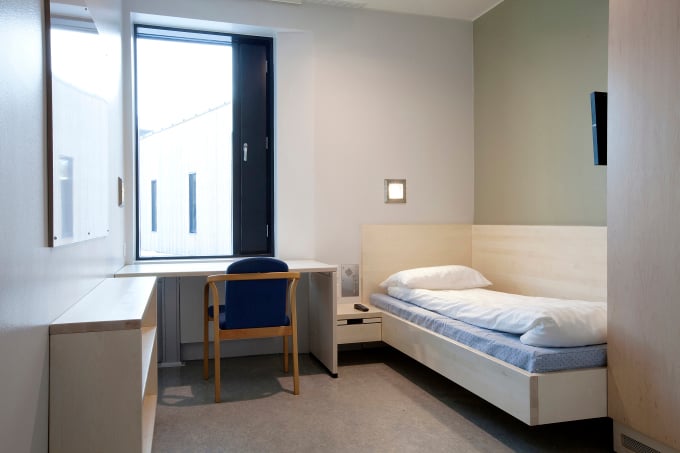
Inside a cell at Halden prison, southeastern Norway, in 2010. Photo: Reuters
The concept of "restorative justice" is seen as a key factor in Norway's low recidivism rate. It also drives Norway's efforts to ensure prisoners' dignity and basic rights while serving their sentences.
"In Norway, punishment is the deprivation of an individual's liberty, other rights remain the same," said Hoidal, who is now director of Halden prison, one of Norway's three largest prison facilities.
Prisoners still have the right to vote, study, exercise, see their families and participate in extracurricular activities. In many prisons, prisoners and security officers play sports and do yoga together. Norwegian officials say this approach can help prisoners reintegrate into society more easily.
Breivik is serving his sentence in a two-story solitary confinement unit at Ringerike Prison, which is equipped with a kitchen, a TV room with video games, a gym and a basketball court. Officials say Breivik's isolation is relative and appropriate to the threat he poses. Breivik is allowed one-hour visits from two other inmates every two weeks.
When Breivik is released, if prison officials determine he has not been rehabilitated, his sentence will be extended by another five years and then reviewed again. So, in effect, the most dangerous criminals in Norway like Breivik are still likely to be sentenced to life in prison.
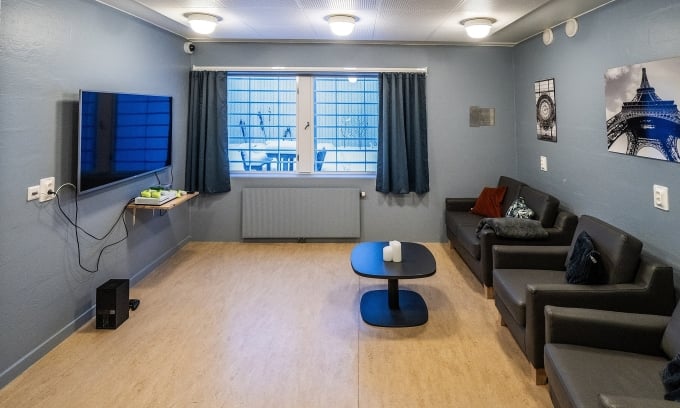
A TV room with a game console on the first floor of Breivik's solitary confinement unit. Photo: AFP
"Psychologically, the sentence of 21 years in prison for Breivik is satisfying. It sends a strong signal to society," said Jo Stigen, a professor of criminal law at the University of Oslo. According to a survey in the Norwegian newspaper Verdens Gang, 62% of people believe Breivik "will never be free."
Hans Petter Graver, another professor at the University of Oslo, believes Breivik is likely to be released in less than 21 years. "The main principle behind the Norwegian justice system is not to lock up criminals for life, but to give them the opportunity to reintegrate into society. No one knows what Breivik will be like in 15-20 years. Society changes over time," Graver said.
Despite the controversy surrounding Breivik, Norwegians still believe that the concept of “restorative justice” works. The government continues to spend $93,000 per prisoner per year, three times as much as the United States, something that few other countries in the world can match.
"At the end of the day, prisoners are still human. They did wrong, they need to be punished, but they are still human," Hoidal said. "We make sure prisoners serve their sentences, but also help them become better people."
Duc Trung (According to FSA, Atlantic, AFP )
Source link


![[Photo] General Secretary To Lam attends the 18th Hanoi Party Congress, term 2025-2030](https://vphoto.vietnam.vn/thumb/1200x675/vietnam/resource/IMAGE/2025/10/16/1760581023342_cover-0367-jpg.webp)
![[Photo] Nhan Dan Newspaper launches “Fatherland in the Heart: The Concert Film”](https://vphoto.vietnam.vn/thumb/1200x675/vietnam/resource/IMAGE/2025/10/16/1760622132545_thiet-ke-chua-co-ten-36-png.webp)










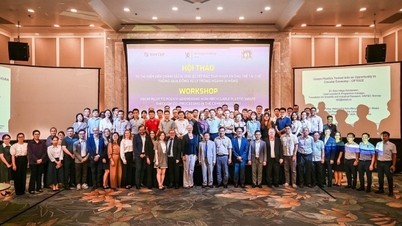

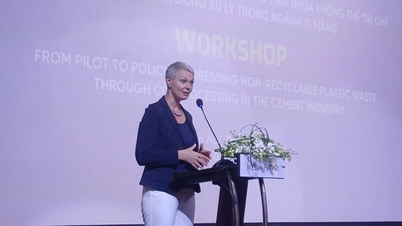



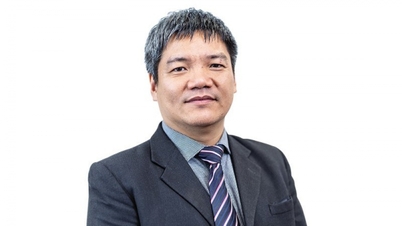


















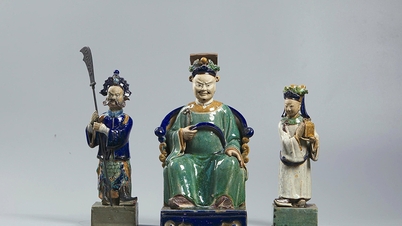


![[Video] TripAdvisor honors many famous attractions of Ninh Binh](https://vphoto.vietnam.vn/thumb/402x226/vietnam/resource/IMAGE/2025/10/16/1760574721908_vinh-danh-ninh-binh-7368-jpg.webp)

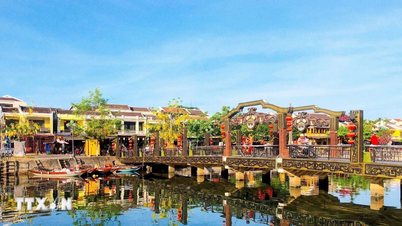






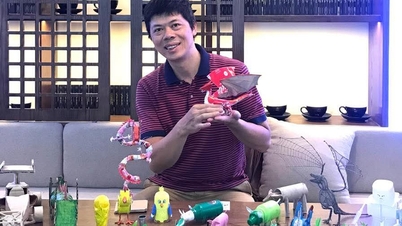



















![[Photo] Nhan Dan Newspaper launches “Fatherland in the Heart: The Concert Film”](https://vphoto.vietnam.vn/thumb/402x226/vietnam/resource/IMAGE/2025/10/16/1760622132545_thiet-ke-chua-co-ten-36-png.webp)







































Comment (0)